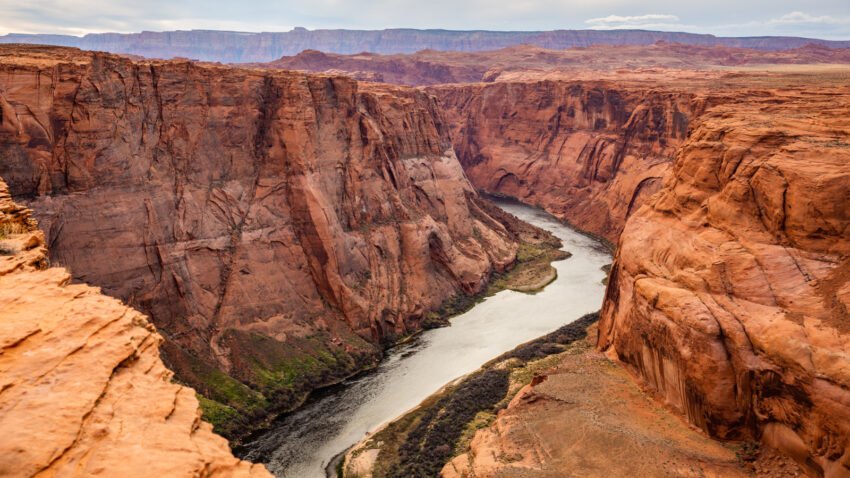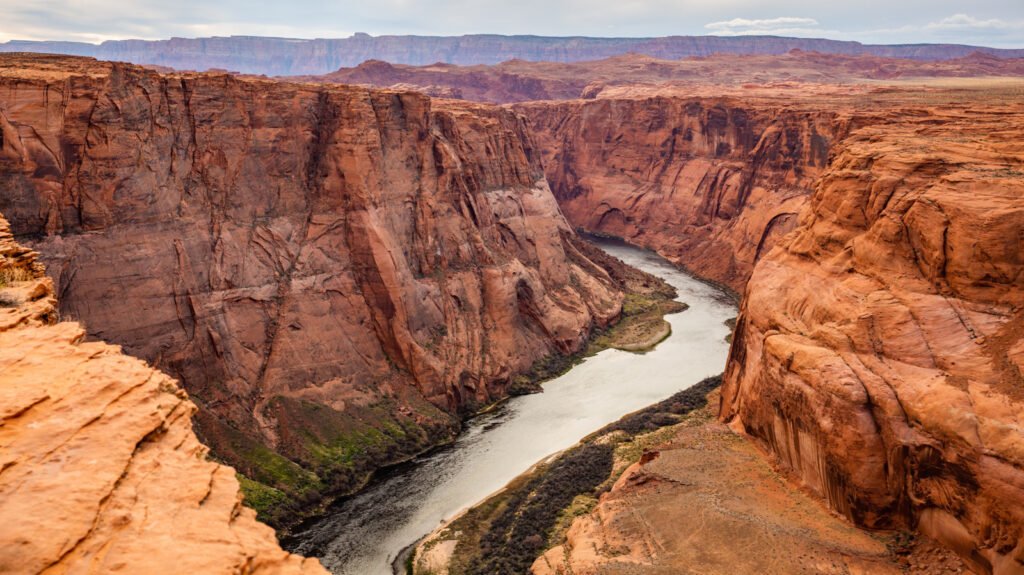
Discover the Majestic Beauty of the Black Canyon of the Gunnison
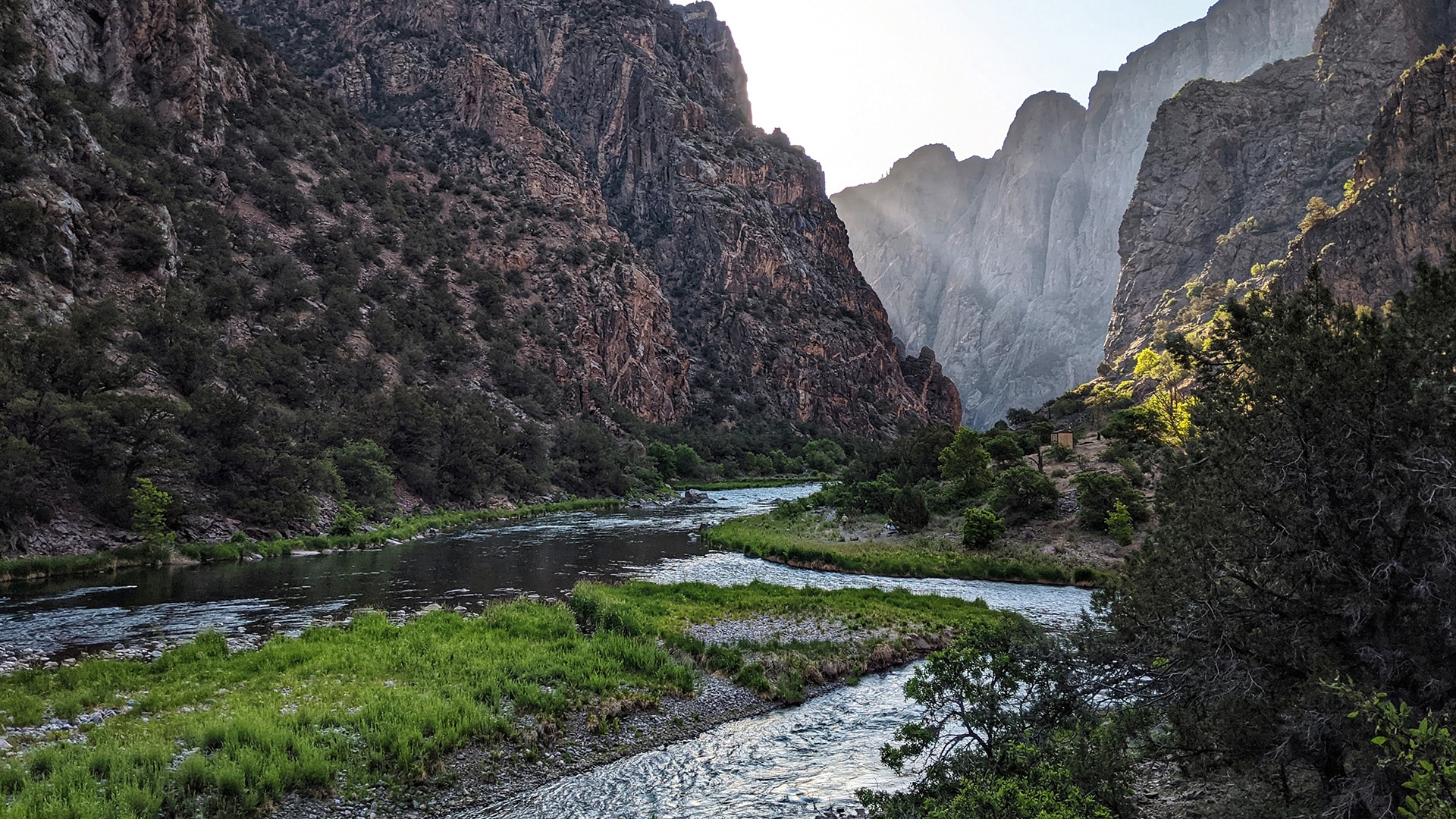
The Black Canyon of the Gunnison is one of the most stunning, awe-inspiring natural wonders in the United States. The towering, dark gray walls of rock rise over 2,700 feet above the fast-flowing Gunnison River, carving out a breathtaking gorge that is as deep as it is narrow. In some parts, the canyon is so tight that sunlight only reaches the bottom around noon—a truly mesmerizing sight.
The park protects the most spectacular 14 miles of this gorge, which is located about 75 miles upstream from where the Gunnison River meets the mighty Colorado River. This stretch of the canyon is not just visually striking, but it’s also a testament to the slow, relentless power of nature. Over the course of two million years, water has worn down the rock at a pace so slow that it would take all of recorded human history just to grind through five feet of rock. The result is a dramatic landscape shaped by two billion years of geological history.
A Deep Dive Into Geological Wonders
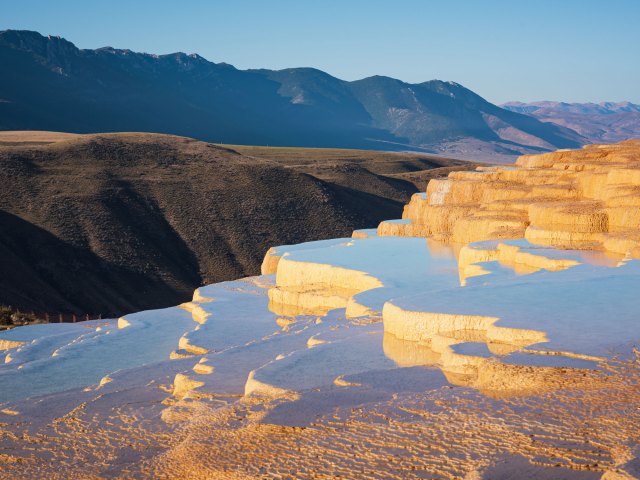
The metamorphic rocks at the canyon’s base date back to the Precambrian era, nearly two billion years ago—making them some of the oldest rocks on Earth. Throughout the canyon, you can spot veins of igneous pegmatite—pink streaks that cut through the walls, adding a splash of color to the otherwise stark and rugged landscape.
The canyon itself is both ancient and formidable, and its sheer scale is difficult to grasp. Imagine two parallel walls of rock, stretching the length of Manhattan, and standing taller than two Empire State Buildings stacked on top of one another. These towering rock formations were created through two million years of water erosion—an incredibly slow process that continues to shape this stunning natural monument.
A History of Exploration and Struggle
:max_bytes(150000):strip_icc()/GettyImages-53260476-5c4a202546e0fb000145c3de.jpg)
Both Native Americans and early European explorers largely avoided this harsh and daunting canyon for centuries. However, in 1900, a group of five men attempted to navigate the Gunnison River in wooden boats, hoping to find a water source for the Uncompahgre Valley. After a grueling month, with their boats shattered and supplies exhausted, they gave up. But the very next year, two men made it through in just ten days, using rubber air mattresses.
In 1909, after years of hard work, a six-mile-long water diversion tunnel was completed. It cut through rock, clay, and sand, and the process was so dangerous and backbreaking that workers typically only lasted about two weeks. Today, three upstream dams have subdued the Gunnison River, but the canyon and its stretch of the river remain as wild and untamed as ever.
Stunning Views and Wildlife

Whether you’re driving along the rim or hiking the many trails, you’ll have plenty of opportunities to gaze into the magnificent canyon below. The views are jaw-dropping, with the sheer cliffs and towering rock formations offering a sense of awe at every turn.
The park is home to abundant wildlife, including ravens, golden eagles, and peregrine falcons, which glide effortlessly through the vast open sky. Along the rim, you’ll find a dense forest of Gambel oak and serviceberry, where you may spot mule deer and black bears. As you descend into the canyon, Douglas firs thrive in the shade, and along the riverbanks, cottonwoods and box elders cling to life in the harsh environment.
Getting to the Black Canyon
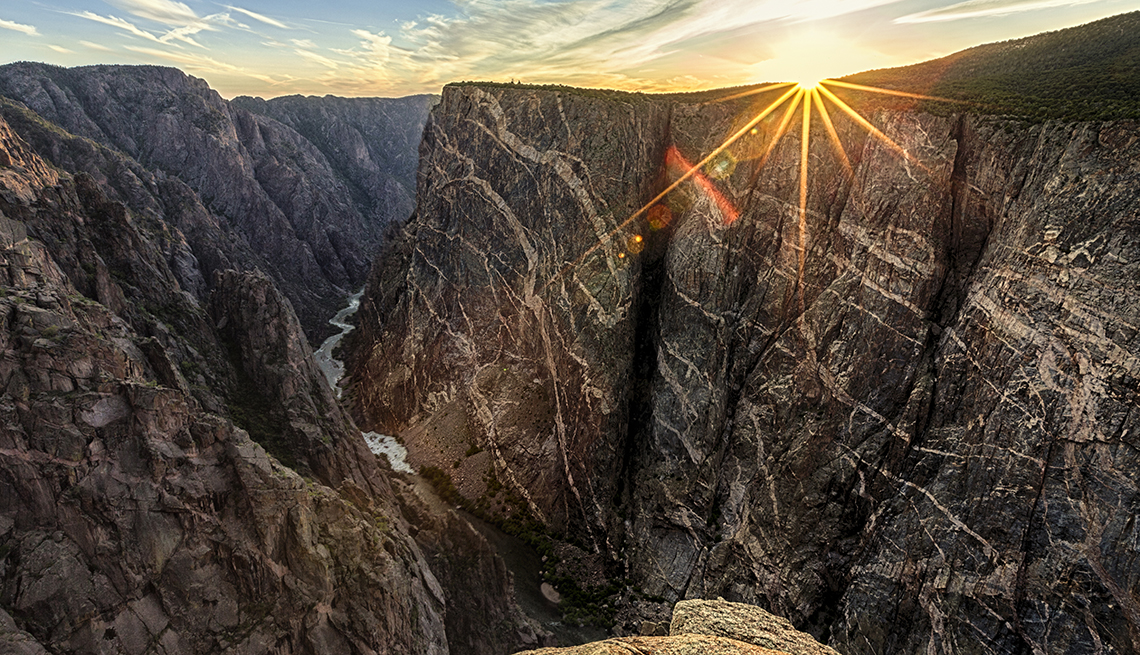
South Rim: The South Rim of the park is just 15 miles northeast of Montrose, easily accessible via US 50 and Colorado 347.
North Rim: The North Rim is 80 miles from the South Rim, taking you along US 50W and Colorado 92. From there, you’ll take a 15-mile drive on North Rim Road—the first half of which is paved.
Nearest airports: The closest airports are in Montrose and Gunnison.
Best Times to Visit
- Summer: While summer brings the most visitors, it’s also the hottest time to explore. If you’re planning to hike, especially on exposed trails, be prepared for some serious heat and don’t forget to bring plenty of water.
- Late Spring and Early Fall: These seasons are ideal for walking and hiking, offering cooler, more comfortable weather—perfect for exploring the park’s many trails.
- Winter: If you’re a fan of winter sports, this is your time! The Black Canyon offers opportunities for backcountry camping, cross-country skiing, and snowshoeing. But keep in mind, snow can cut off access to the North Rim, and the South Rim road stays open only up to the second overlook during winter months. The rim sits at an elevation of 8,000 feet, so winter conditions can last from November to April.
Key Tips for Visiting

- Plan your visit in advance, especially in peak seasons (summer and fall).
- Bring water—it’s essential, particularly if you plan on hiking the exposed trails.
- Dress in layers—the weather can vary dramatically depending on the season.
- If you plan to hike to the canyon floor, be prepared for steep terrain and rugged paths.
FAQs
1. What’s the best way to explore the Black Canyon of the Gunnison?
You can either drive along the rim for stunning viewpoints or explore hiking trails. The South Rim offers easier access, while the North Rim is quieter and more remote.
2. When is the best time to visit the Black Canyon?
The best times to visit are late spring and early fall, when the weather is perfect for hiking and exploring. Summer is popular but hot, while winter offers the opportunity for winter sports.
3. Is the Black Canyon of the Gunnison suitable for families?
Yes! The Convoy Point Jetty Trail is an easy 0.8-mile loop that’s great for families with young kids or those using strollers. Additionally, the Junior Ranger program offers activities for children to learn about the park’s natural and cultural history.
4. Can I camp in the Black Canyon of the Gunnison?
Yes, camping is available at the park. Elliott Key and Boca Chita Key offer camping options, but spaces are available on a first-come, first-served basis. Be sure to book your spot ahead of time.
5. How do I get to the Black Canyon of the Gunnison?
The South Rim is accessible from Montrose, while the North Rim is a longer drive. Montrose and Gunnison are the nearest airports.
Conclusion
The Black Canyon of the Gunnison is one of the most breathtaking natural landmarks in the U.S. From its 2,700-foot cliffs to its pristine wilderness, the canyon offers a dramatic, peaceful escape into nature. Whether you’re looking for hiking, wildlife watching, or simply breathtaking views, the Black Canyon has something to offer. With its rugged terrain, deep history, and stunning landscapes, it’s a must-visit for any nature lover. So pack your gear, plan your trip, and get ready for an unforgettable adventure in one of the most awe-inspiring canyons in the country.
